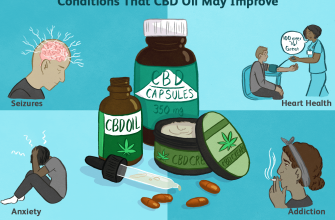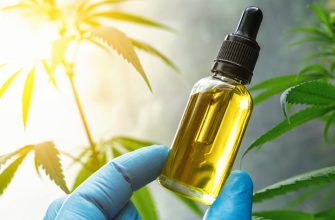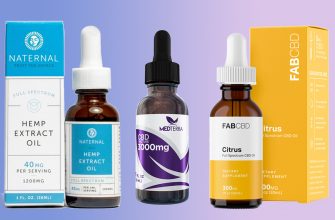It may seem that marijuana among the elderly is not common, because at this age the vast majority are conservatives, but in reality everything is more optimistic. Many of them are from the sixties. At that time in Europe, “flower children” discovered the world of self-contemplation. Today’s grandparents remain the same hippies in their hearts, who, however, are now suffering from age-related diseases. Today Coffeeshop® will touch on the use of cannabis in the fight against diseases of the elderly and tell you how yesterday’s “flower children” cope with them.
Marijuana use in the elderly
In advanced countries, older people go to doctors for a prescription for marijuana for a variety of reasons. Some people live with chronic pain. Habitual drugs have many side effects, which in advanced years are often more difficult to deal with than the disease itself. Also, older people use marijuana for insomnia, anxiety and neuropathy.
According to a 2015-2018 study by the American Medical Association, the percentage of people aged 60 to 90 who purchase medical marijuana increased from 2.4 to 4.2. Since then, demand has increased, many countries have begun to lift bans and it has become easier to buy medicinal cannabis seeds.
For those cases where an elderly person dislikes the traditional process of consumption, doctors offer other options – through a vape or in a dosage form. In the first case, the smoke is cleaned and enters the body in the safest and most effective form. In the case of drugs, the use is no different from taking regular pills, however, this option is not optimal. It is believed that CBD (CBD, cannabidiol) has a therapeutic effect on the body, but only in the presence of at least a small amount of THC (TGK, tetrahydrocannabinol), and it is rarely added to medicines. Smoking in the traditional way or through vaping are the best options for consuming medical cannabis.
The elderly, marijuana and Alzheimer’s disease
This disease manifests itself:
- in memory disorders;
- language disorders;
- behavior change.
One of the most valuable cannabinoids from a medical point of view is the mentioned CBD. It interacts with CB2 receptors, which are located in the brain and are part of the endocannabinoid system. As the name suggests, this system is activated by the cannabinoids found in marijuana. In a simplified formulation, Alzheimer’s disease is associated with the formation of plaques in the brain that produce the compound beta-amyloid. It releases gray matter from cells. CBD has anti-inflammatory and neuroprotective effects (participates in the normal regulation of brain metabolism), which can slow down the development of the disease.
The use of drugs containing CBD is especially effective in the early stages of the disease. When combined with THC, they slow down the formation of beta-amyloid plaques and delay the development of symptoms.
Marijuana and Parkinson’s Disease In 2005, one of the first studies on the use of CBD to combat the symptoms of Parkinson’s disease was published. It turned out that CBD can help with the movement disorder that often accompanies this disease. Cannabidiol reduces the damage that occurs when neuroprotective function in the brain is slowed down. Also, marijuana allows you to fight psychosis, which affects not only the patient’s well-being, but also those around them.
Medical cannabis is not able to cure such a disease, but it helps to improve the quality of sleep and significantly increase the quality of life.





